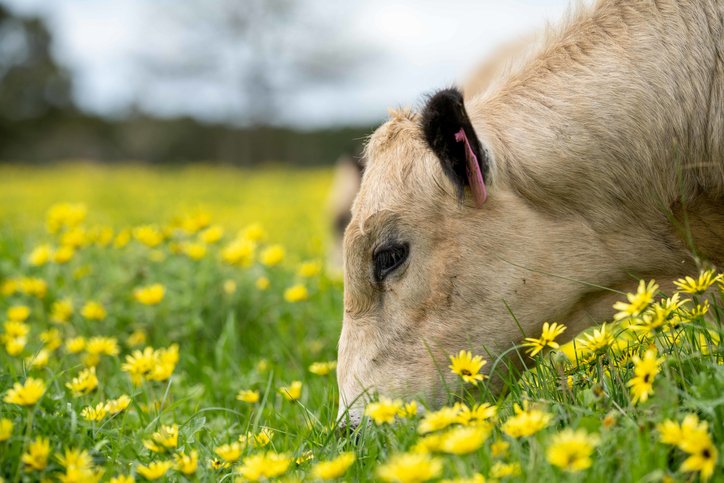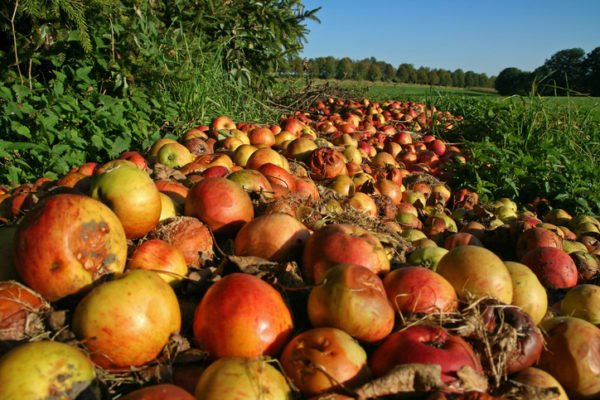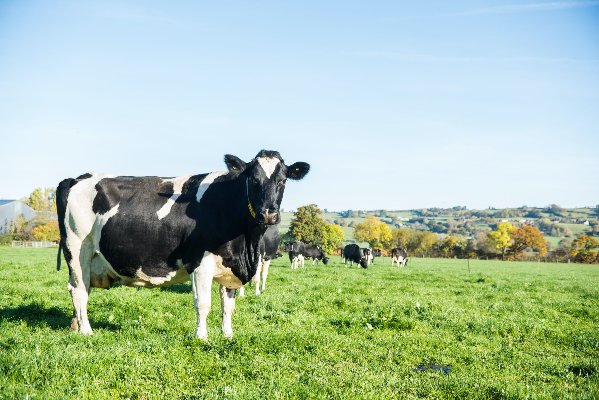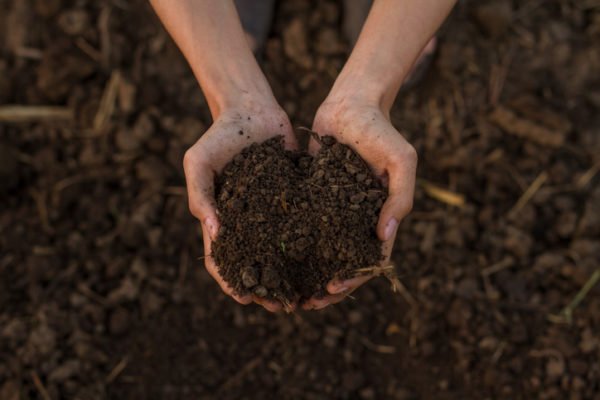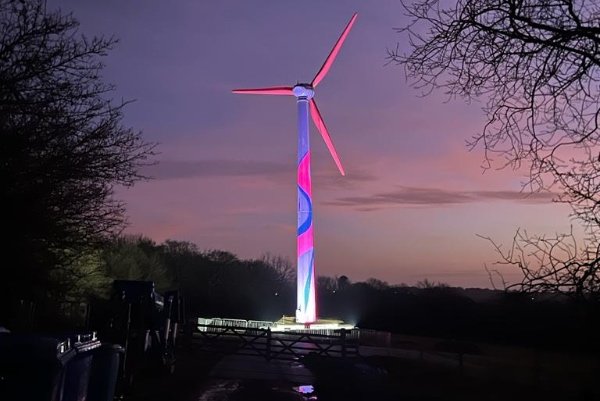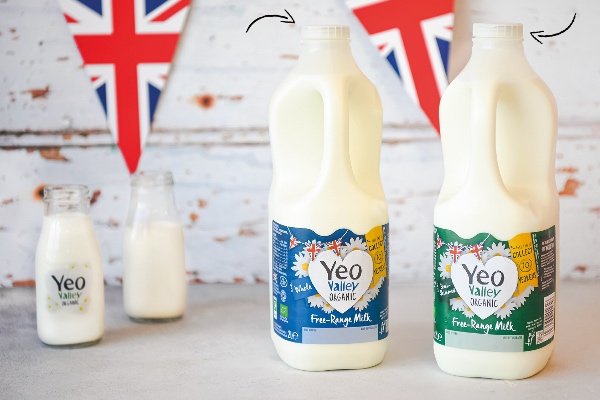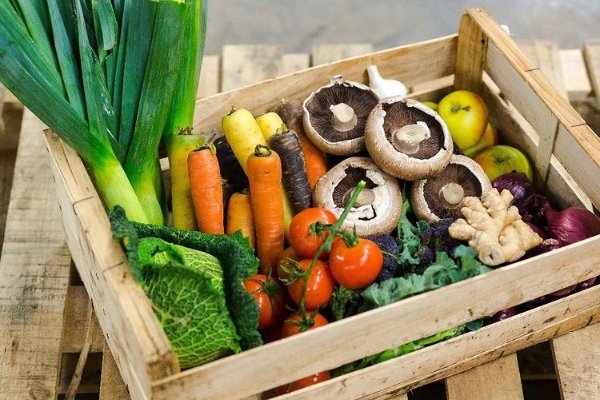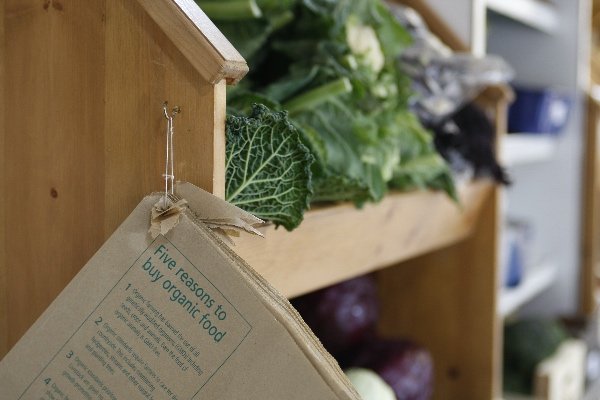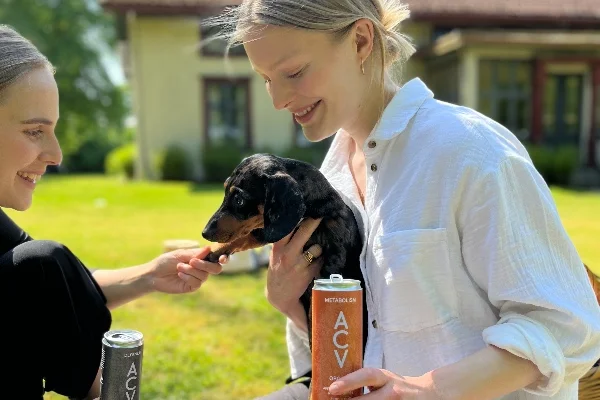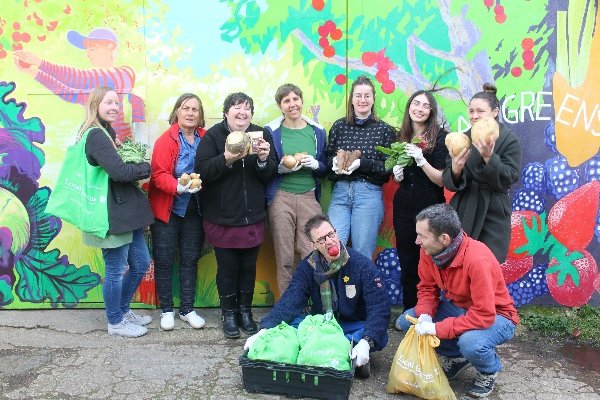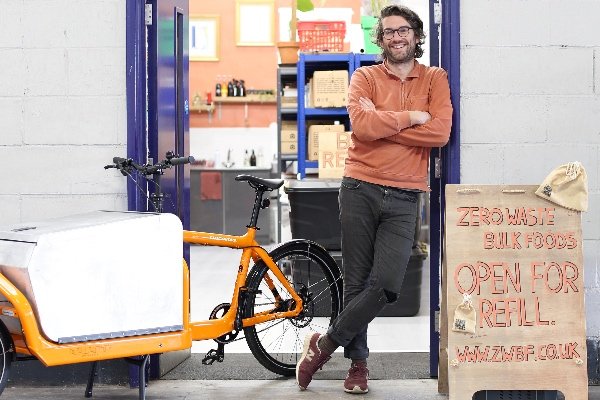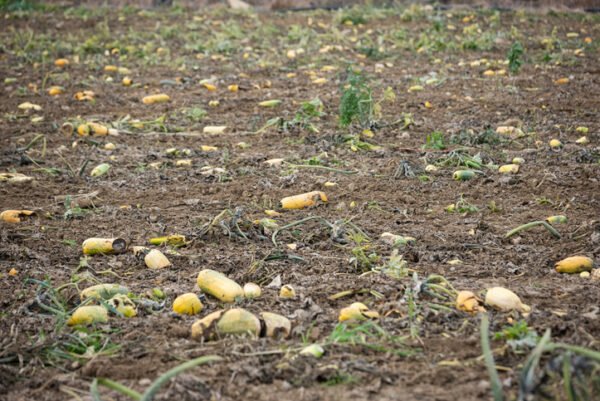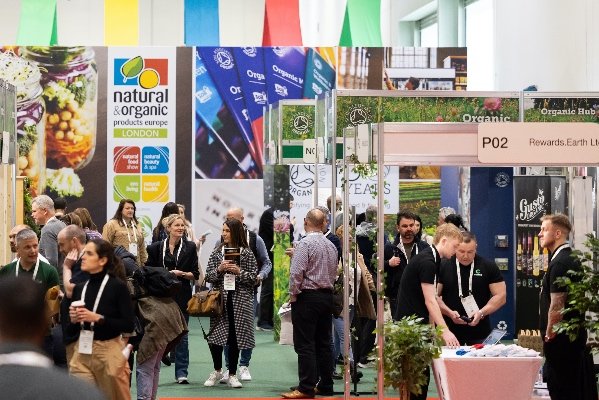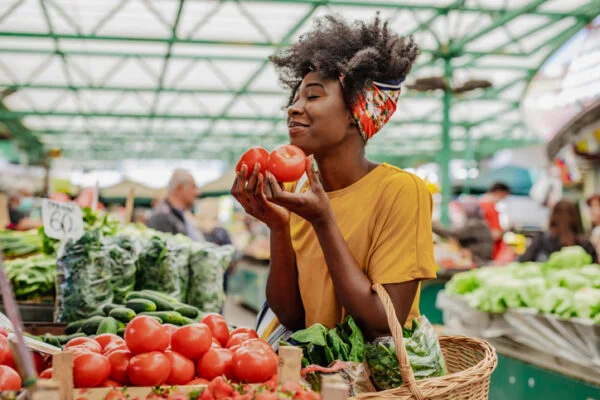As well as sucrose, sugarcane contains dietary fibres, lots of potable water, non-dietary fibres and polyphenols. When viewed through this lens, the plant becomes far more enticing economically for its potential role in feeding the world.
Unfortunately the way we process sugarcane destroys all of these valuable elements, and the plant really falls down environmentally. It’s a very slow-growing crop, taking two years to mature, and isn’t great at sequestering carbon.
Unfortunately we burn millions of hectares of it each year, spewing millions of tonnes of CO2 into the atmosphere. The resulting environmental disasters can be seen and felt in the ash rain that falls hundreds of kilometres away.
In the context of the Symphony, the biomass needs to do way more than one thing, especially as only so many plants will fit on an acre of land. We need to break with traditional crops and look for plant species that will deliver the needs of a hungry, growing population that needs energy.
With this task in mind, Sydney University has been working with Defugo to develop a new crop that is fast growing, delivers high-grade plant proteins from its leaf matter and seeds and energy from its stalk.
The plant has a deep, complex root system that sequesters huge volumes of atmospheric carbon into the soil.
Testing and trials have shown that this can be as much as 80MT a hectare per rotation. In the context of cropping over millions of hectares globally, this is a significant amount of carbon removal from our atmosphere, multiple times a year. It’s also very high-density biomass, delivering 16-30MT per hectare per rotation. It’s not hemp and it’s legal everywhere.
Processing: don’t crush it
The process of crushing destroys nearly everything of value in biomass and even restricts access to a fair percentage of the target extract originally desired.
Nowhere is this more acutely seen than in the processing of sugarcane, where sucrose remains in cake, molasses and in the bagasse.
While Generation 2 processing facilities view bagasse as the solution to the problem, Defugo has approached this problem by not creating the bagasse at all.
Our Universal Processing Plant (UPP) allows the holistic value of the biomass to be realised, and each part of the plant to be extracted precisely and recovered completely.
This means that there is no longer a debate over food versus energy, as now the biomass delivers 100% of its food value and creates low-cost energy in the form of electricity, renewable diesel, SAF, ethanol and hydrogen – all with zero waste.
The UPP can process any biomass – from traditional crops to new fast-growing, high-output crops with voluminous carbon sequestration – without the capital costs of a separate processing facility.
The final act of the UPP, when converting the woody parts of the biomass to energy, is to create high-quality biochar. We now come back to where we started, connecting the circle of soil-to-plant-to-soil at scale.
Decarbonisation and farming
With the correct biomass selection, farmers will be able to sequester large volumes of carbon in their soil with every crop rotation. Our farmlands would then act like forests, drawing carbon from the atmosphere and locking it into our soil.
The contributions of this high-volume carbon sequestration and the low greenhouse gas (GHG) emissions created by biofuels makes a very strong argument for biofuels to become the ‘gap’ filler in our global transportation systems until we find a better solution.
This would be especially so if the world followed the precedent set by Brazil and removed the E10 blend regulations; nearly every car in Brazil runs on E100 and our trucks and trains could all run on D100 too if our governments and transport operators had the same appetite for carbon reduction. This is not a technical problem, it’s a policy failure.
Feeding 9 billion people
Why are we relying on Brazil to carry the load? Australia, my home country, runs on diesel – to the tune of over 30,000,000,000 litres a year.
According to Australian Carbon, replacing this diesel with renewable D100, made from the right biomass, would sequester 139,280,000 metric tonnes of carbon into our soils and replace a further 90,299,920 metric tonnes of emissions.
Australia has vast tracts of land that are either under-utilised or locked up in single-use leases, such as the Northern Territories pastural lease programmes.
Australia would need under 1% of its current land mass to be converted to a high-carbon sequestering biomass to become carbon neutral, or just 4.25% of unused Crown lands.
This would be achieved while simultaneously producing food and energy and providing regional Australia with long-term job security.
In his new book, Superpower Transformation: Making Australia’s Zero Carbon Future, leading economist Ross Garnaut states that biomass is one of the five pillars that would allow Australia to become a renewables superpower. In the book he states that Australia could replace up to 8% of global GHG emissions – the equivalent of continental Europe, including Britain, removing all its emissions.
Now that the argument of food versus energy has been removed and we have a clear pathway for how to feed 9 billion people on this planet (without destroying it) by 2050 and beyond, will our politicians at COP27 have the fortitude to change policies and make this happen?
 Play Video about This Rock Might Just Save The World
Play Video about This Rock Might Just Save The World Play Video about Play 2 hours of rock
Play Video about Play 2 hours of rock Play Video about Play 2 hours of brook
Play Video about Play 2 hours of brook Play Video about Play 2 hours of sheep
Play Video about Play 2 hours of sheep

















